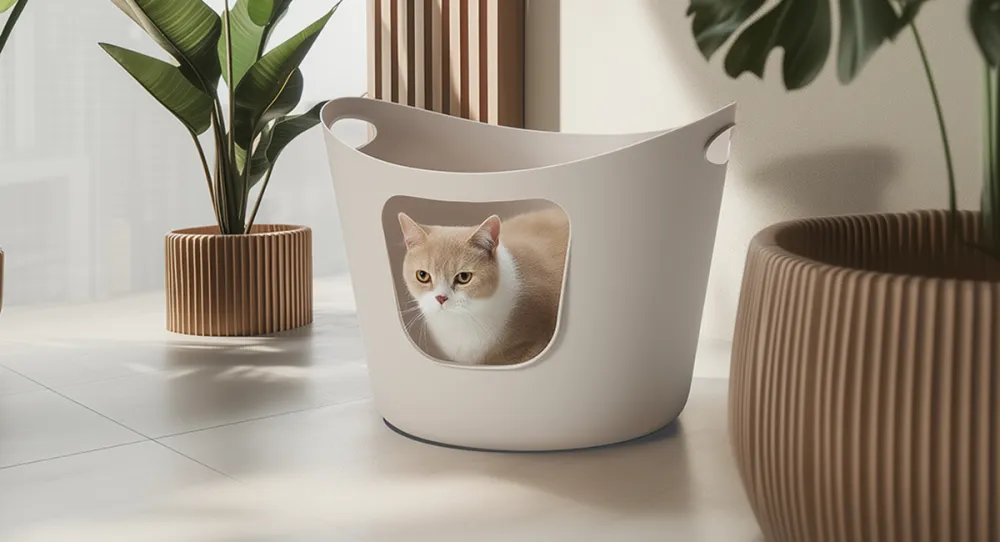Best litter box for cats: comfort & hygiene tips
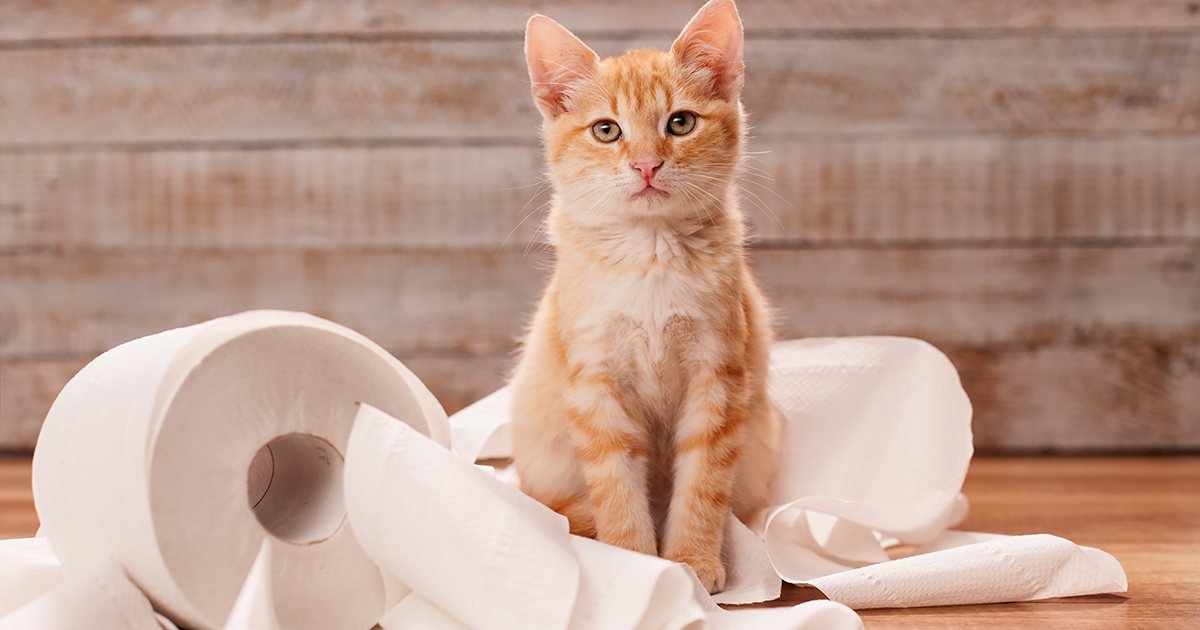
Living with a cat means extra care for their litter area. Choose the right box, and you avoid stress, mess, and litter box refusal.
Many pet owners look for the best litter box, but the truth is simple: your cat needs enough space, a good location, and a clean tray.
In this guide, you will find comfort and hygiene tips, plus smart design ideas to make life easier for both you and your cat.
Comfort: make your cat feel safe
Cats are more likely to use the litter box when it feels safe and comfortable. If it is too small, noisy, or hard to step into, problems can follow.
Comfort tips
- Pick a box large enough for your cat to turn around in.
- Try both open and covered models. Some cats enjoy privacy, others prefer a clear view.
- Choose a low entry for kittens, senior cats, or those with stiff joints.
- Go for smooth plastic with rounded edges inside the box to prevent discomfort.
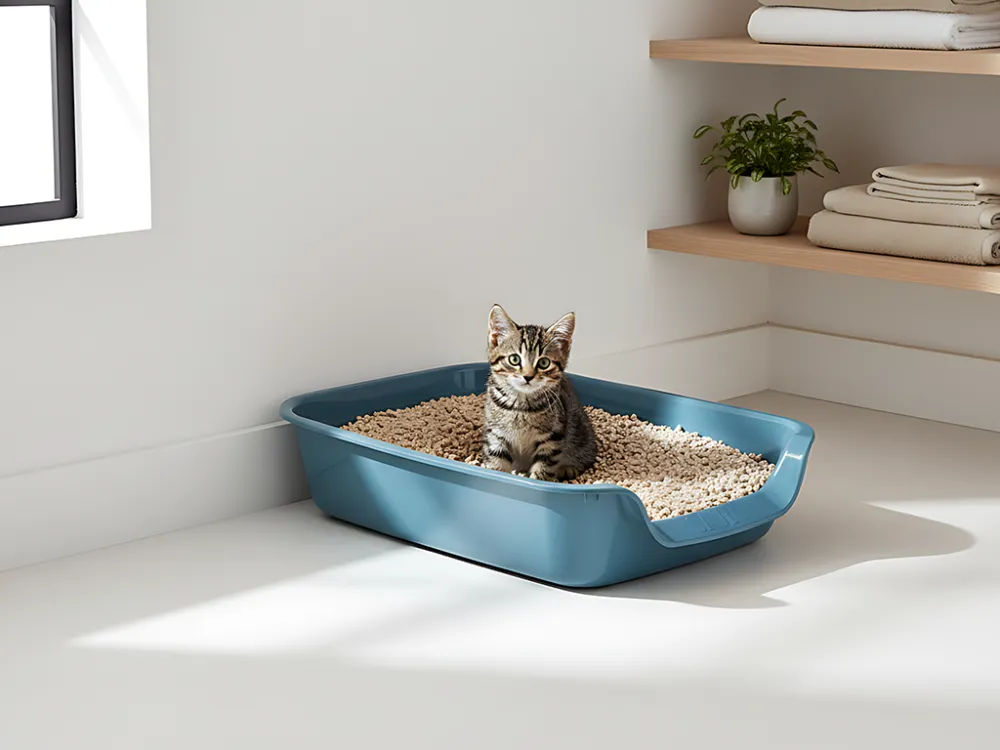
Hygiene tips: litter box care
A clean box is the best odour control. Set a simple routine and stick to it.
-
Daily
- Scoop clumps and solids
-
Weekly to fortnightly
- Wash the box with mild, unscented soap.
- Dry well before refilling with fresh litter
- For light use, washing every 2–4 weeks can be fine but increase if you notice smell
-
Placement rules
- Choose a quiet, low-traffic, well-ventilated space
- Keep the box away from food and water bowls
- Follow the 1 box per cat + 1 extra rule. For one cat, two boxes work best.
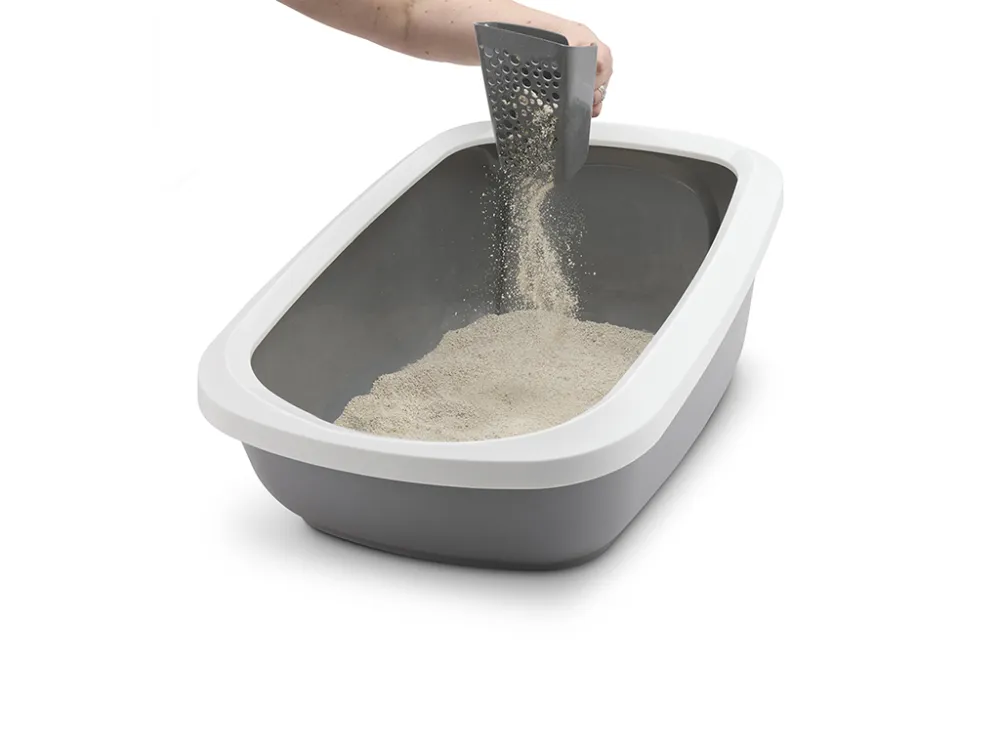
Design features: clean, fresh and practical
A good design saves you time and keeps your home clean. It should also look neat in your living space.
What to look for:
- Front-opening hood or removable lid for easy scooping (hooded models only)
- Carbon filter to reduce smells (hooded models only)
- High sides or anti-spill rim to keep litter inside
- Smooth interior for quick cleaning
- Sturdy handle for moving the box when empty (hooded models only)
- Optional liners or sieves for an easy clean litter box
Note: It depends on what your cat wants. Open trays do not have a handle or front opening and have no hood or filter, but they are simple and quick to scoop.
Why size matters?
Large breeds need extra space to dig and move. A cramped box can cause stress or accidents.
Product pick: Nestor Giant
Looking for space, privacy, and easy cleaning in one? The Nestor Giant is a large hooded litter box with a front opening for quick scooping and a filter for odour control. It is ideal for Maine Coons, other large breeds, or multi-cat homes.
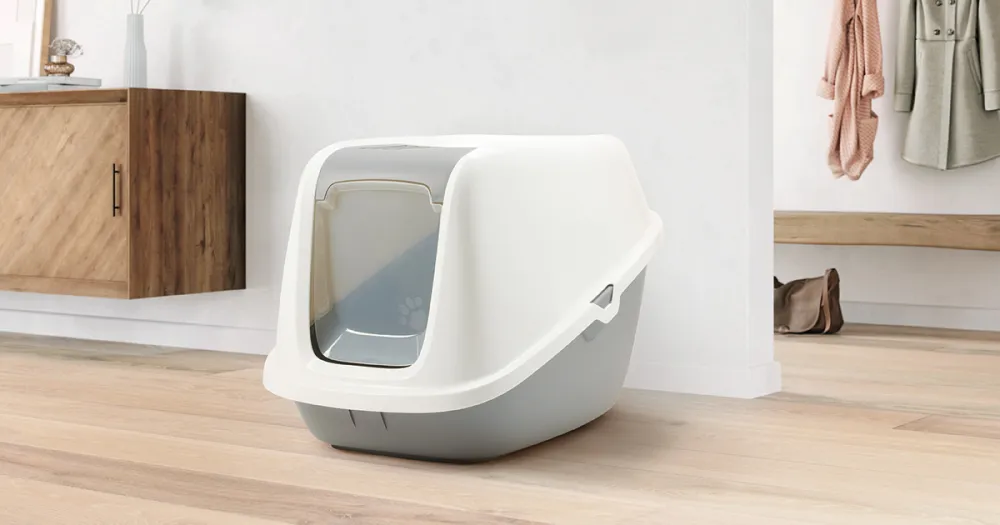
FAQ: best litter box for cats
How many litter boxes does one cat need?
Use one per cat plus one extra. For one cat, two boxes cut stress.
Where should I place the litter box?
In a quiet, easy-to-reach spot, away from food and water. If you have two floors, place one on each.
How big should the litter box be?
Big enough for your cat to turn without touching the sides. Larger is usually better.
Do cats prefer covered boxes?
There is no single answer. Some enjoy privacy, others dislike flaps. Test both.
When should I replace the litter box itself?
Replace when plastic is scratched, holds odour, or is hard to clean.
The best litter box for cats combines enough space, easy cleaning, and smart design.
Scoop daily, wash with unscented soap, and replace litter as needed.
Place boxes in quiet spots and test open versus covered to find your cat’s favourite.
With the right choice, your cat stays happy and your home stays fresh.
Discover the comfort and convenience of the Nestor Giant
